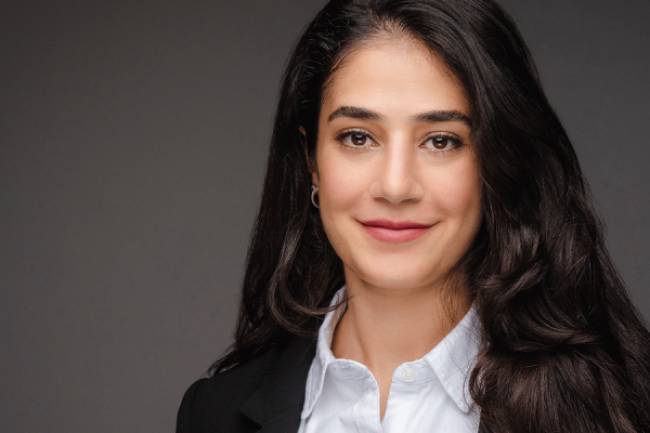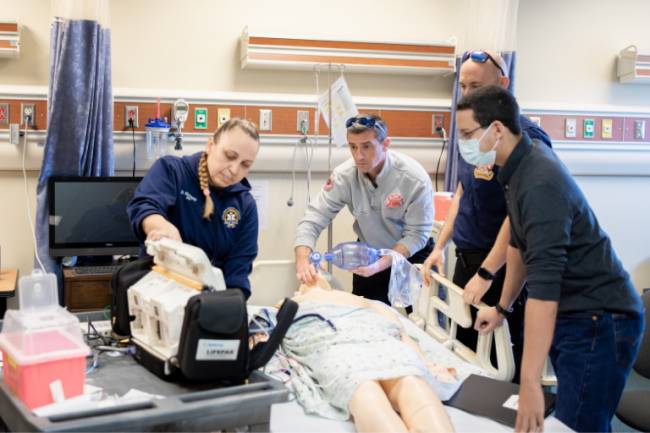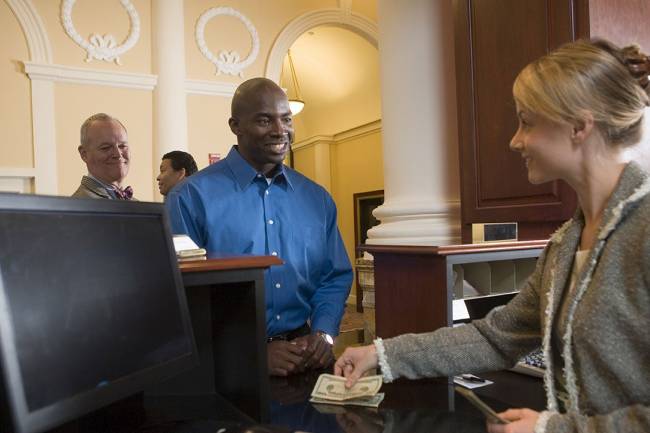
World’s Top 5 Educators and Classroom Innovations
No matter how old we become, the teachers who made a big impact on our always remaining in our memories. They are the mentors who once changed the way we see the world and react to opportunities and possibilities.
The power of an educator cannot be underestimated.
In times when technology is upending everything from business to education, we take a look at the five major faces in education who are innovating education from ground zero.
Their achievements and efforts are especially pivotal to understand in an industry infamous for not changing much or only incrementally in many decades.
Governments can learn from them, policymakers can implement their findings, and other fellow educators and leaders of higher education and K12 space can follow them to lead the innovation agenda in their institutions.
Five Educators Changing Education
- Joe Grabowski- Find your ‘A-ha’ moment
He doesn’t own an education company. He is a science teacher who believes that it only takes one ‘a-ha’ moment to change a child’s life.
He says engage children by showing the wonders there in the world, no matter how weird they are. This will tell children how much is left to be discovered.
For teachers, this entails bringing the world to the classroom. Grabowski suggests visits by guest speakers and experts from the industry, and not to mention field visits.
He has developed a program that helps teachers provide exciting opportunities for students. Currently, educators in over 70 countries are using it for innovating education. This also lays the ground for educators to gradually become leaders to assist their boards and other school leaders.
- Vishal Sharma – Transforming teacher-training
An education innovation from India focuses on teacher training to ensure that teachers from all backgrounds and in all areas are trained properly and are equipped to lead children in the future.
Smiles in Education is his innovation. It steps in to fill the gap between lack of funding for teacher training by creating a training program that can help teachers transform the classroom and give a holistic learning environment to students.
SMILES stands for stress-free motivating inquisitive learning ecosystem. It is based on positive psychology and is now being used in many schools around the country.
- Stephen Ritz - Healthy food, Healthy brain
Stephen Ritz has an education company that focuses on providing a balanced diet to students. Eating healthy is directly related to the brain’s performance and its ability to learn to respond to the outside world.
A New York-based company, it set out to introduce healthy food in the unhealthiest county of the state.
It evolved from an after-school program, and now is being used in the entire K12 model and has even been made a part of the curriculum. They are on a mission to convert schools into an integrated wellness center where children are safe and grow.
- Mary Gordon- Empathy in every child
Mary Gordon is focusing on a comparative niche domain in education, i.e. developmental psychology. A former kindergarten teacher, she decided to integrate the importance of “character skills” in education systems.
Her way of innovating education is about building empathy in children and finding their roots. She facilitates that by various activities like bringing babies to the classroom, teaching about non-verbal communication, and exposure to people of different races, economic backgrounds, and regions.
The most interesting part? The instructor never tells the child if she is right or wrong so they can learn to lead their discovery and not limit their thinking.
This innovation can help education systems address diversity and inclusion from an early age, end the cycle of abuse (gender or any other), and find innovative approaches to children who are abused or bullied.
- Kayla Delzer- Seating innovation
Her innovation is as simple, unique, and effective. It is very easy to implement, and every teacher can learn from it.
This way of innovating education was inspired by a trip to Starbucks. Delzer observed that people were sitting in different positions and were indifferent to seating. She decided to create a similar setting in the classroom to make the environment more relaxed and suit individual children.
She changed the standard desk and chair setups (one that has dominated classrooms for eons) into a more joyous seating option – from exercise balls to comfy floor mats and standing desks. This simple change can increase the attention level of children and make them better ready to learn!
Innovation doesn’t have to be about big changes. It’s not always about big shake-ups and the latest technologies. It’s about solving a problem.












